When it comes to choosing between red currants and gooseberries, many people find themselves puzzling over the differences and similarities of these two delightful fruits. In this article, we will delve deep into the characteristics, culinary uses, nutritional benefits, and even cultivation tips for both berries. So, let’s embark on this journey of discovery as we analyze the fascinating world of red currant vs gooseberry.
Understanding Red Currants and Their Unique Attributes

Before we dive into a comparison, it’s essential to understand what makes red currants distinct. This section will explore their history, taste profile, and more.
The History of Red Currants
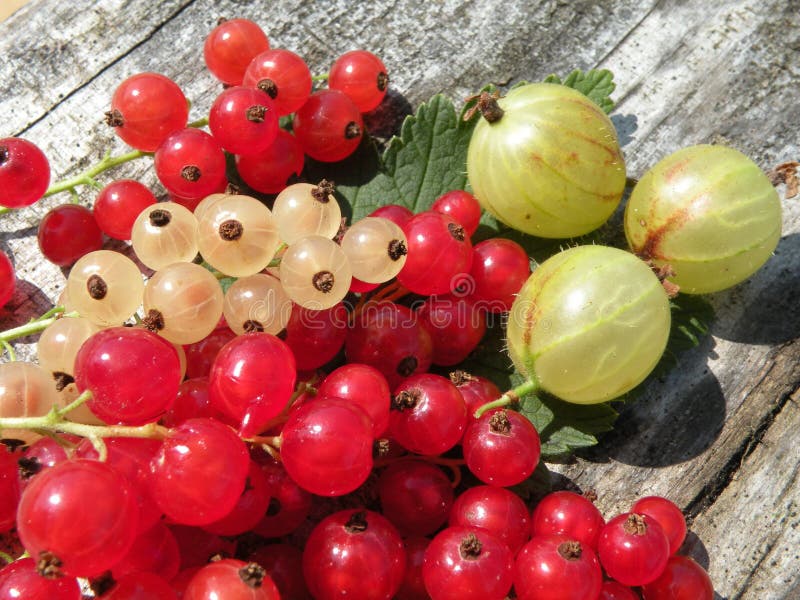
Red currants, scientifically known as Ribes rubrum, are native to Europe and parts of Asia. These berries have been cultivated since ancient times, with evidence of their use dating back to the Middle Ages. Initially favored for medicinal purposes, red currants eventually became popular in culinary applications.
The cultivation of red currants expanded significantly during the 18th century when various cultivars were developed. Today, they can be found in gardens and farms worldwide, particularly in temperate climates.
Flavor Profile and Texture
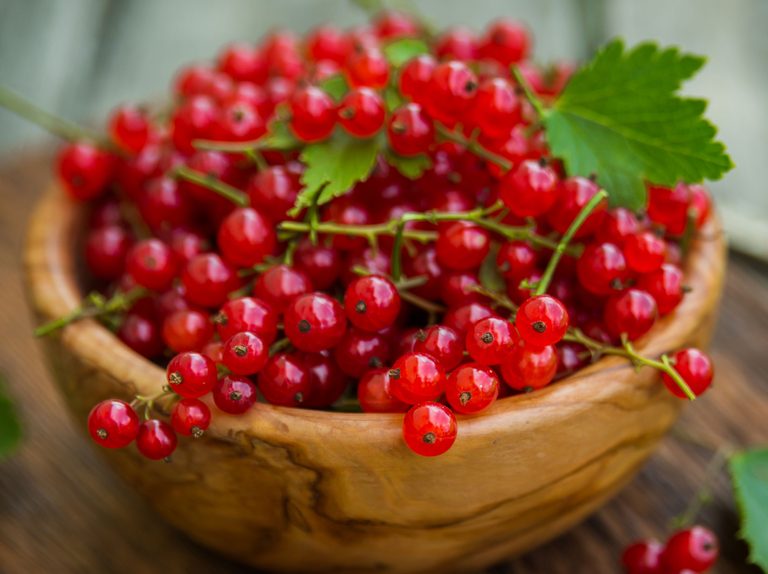
Red currants are recognized for their vibrant crimson color and appealing tartness. When you bite into one, you can expect a burst of refreshing juice that is both sweet and tangy, offering a unique flavor experience that can enhance numerous dishes.
The texture of red currants is quite distinctive; they have a thin skin that envelops juicy pulp filled with tiny seeds. This combination of tartness and juiciness makes them an excellent choice for jams, jellies, and desserts.
Culinary Uses of Red Currants

Red currants are incredibly versatile and can be used in a myriad of culinary applications, including:
- Jams and Preserves: Their natural tartness pairs well with sugar, making them ideal for jams.
- Sauces: Cooked down, red currants can create flavorful sauces for meats, especially game like duck or venison.
- Baked Goods: They can add a burst of flavor to cakes, muffins, and pastries.
- Salads: Fresh red currants add a pop of color and tartness to salads, complementing greens and nuts.
Not only do red currants enhance flavor, but they also elevate the visual appeal of dishes, making them a favorite among chefs and home cooks alike.
Discovering Gooseberries and Their Unique Qualities

Now that we’ve explored red currants, let’s shift our focus to gooseberries. This section will highlight their characteristics, culinary uses, and traditions surrounding them.
The Origins of Gooseberries
Gooseberries belong to the genus Ribes, much like currants, and are known scientifically as Ribes uva-crispa. These berries are believed to originate from Europe and Asia, where they have been enjoyed for centuries.
The cultivation of gooseberries dates back to the Roman era, with various varieties emerging over time. Traditionally, they were often grown in cottage gardens and were cherished for both their fruit and ornamental value.
Taste and Texture of Gooseberries
Gooseberries can vary significantly in taste depending on their ripeness. Unripe gooseberries are especially tart, while fully ripe ones develop a sweeter flavor profile. Their color ranges from green to yellow and even deep purple, each variety presenting a different level of sweetness and acidity.
The texture of gooseberries is another notable feature; they have a slightly firmer skin compared to red currants, with a dense, juicy interior. This unique combination allows for various culinary applications.
Culinary Applications of Gooseberries
Gooseberries are equally versatile and can be used in several ways, such as:
- Desserts: Like pies, crumbles, and tarts; their tartness balances sweetness beautifully.
- Chutneys: Gooseberries make excellent chutneys, pairing well with meats and cheeses.
- Beverages: They are popular in homemade drinks and cocktails, offering a fresh, zesty kick.
- Savory Dishes: Cooked gooseberries can add a punch to meat dishes, especially pork and poultry.
The ability of gooseberries to transition between sweet and savory dishes makes them a valuable ingredient in any kitchen.
Nutritional Benefits of Red Currants and Gooseberries
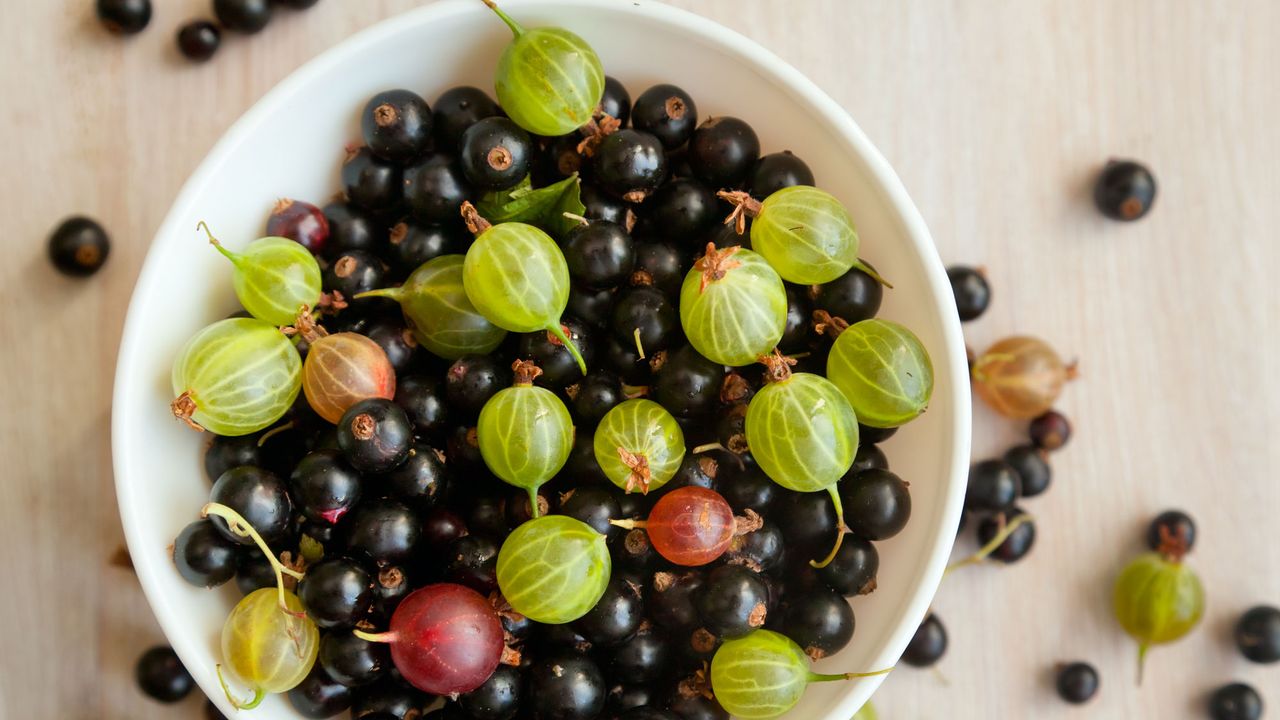
Both red currants and gooseberries are packed with nutrients. This section will compare the nutritional profiles and health benefits associated with each berry.
Health Benefits of Red Currants
Red currants offer a wealth of health benefits, thanks to their rich nutrient composition:
- High Vitamin C Content: They are an excellent source of vitamin C, which supports the immune system and skin health.
- Antioxidants: Rich in antioxidants such as flavonoids, red currants help combat oxidative stress and reduce inflammation.
- Low Calorie: With their low-calorie content, red currants make a healthy snack option for those watching their weight.
- Fiber: They promote digestive health through their fiber content, aiding in regular bowel movements.
Incorporating red currants into your diet can contribute to overall wellness while providing delicious flavors.
Health Benefits of Gooseberries
Gooseberries also boast impressive nutritional properties:
- Rich in Vitamins and Minerals: Gooseberries contain significant amounts of vitamins A, C, and K, along with minerals like potassium and magnesium.
- Anti-inflammatory Properties: Their antioxidant content helps fight inflammation and may lower the risk of chronic diseases.
- Digestive Health: Gooseberries are high in dietary fiber, promoting gut health and preventing constipation.
- Weight Management: Similar to red currants, they are low in calories, making them a smart choice for healthy snacking.
By adding gooseberries to your meals, you can enjoy their health benefits while treating your palate to their unique taste.
Cultivation Tips for Red Currants and Gooseberries

Understanding how to grow red currants and gooseberries can enhance your gardening skills. This section will provide insights into their cultivation requirements.
Growing Red Currants
Red currants thrive in cooler climates and prefer well-drained soil with plenty of organic matter. Here are some tips for successful cultivation:
- Choosing the Right Location: Select a spot that receives full sun to partial shade. Ensure good air circulation to prevent disease.
- Soil Preparation: Amend the soil with compost or well-rotted manure to boost fertility and drainage. Aim for a pH level around 6.0 to 6.8.
- Planting: Space plants about three feet apart to allow for growth. Mulching can help retain moisture and suppress weeds.
- Watering and Fertilizing: Keep the soil evenly moist, especially during fruit development. Regular fertilization in early spring promotes healthy growth.
Growing Gooseberries
Gooseberries share similar growing conditions but have specific needs worth noting:
- Sunlight Requirements: Gooseberries also prefer full sun but can tolerate partial shade in warmer climates.
- Soil Conditions: They thrive in rich, well-draining soil with a slightly acidic pH (around 6.0 to 6.5).
- Spacing: Allow adequate space between plants (about four feet) to prevent overcrowding and ensure proper air circulation.
- Pruning: Regular pruning encourages bushy growth and increases fruit yield, while also reducing the risk of disease.
By following these cultivation tips, you can enjoy a bountiful harvest of both red currants and gooseberries right from your garden.
FAQs About Red Currants and Gooseberries
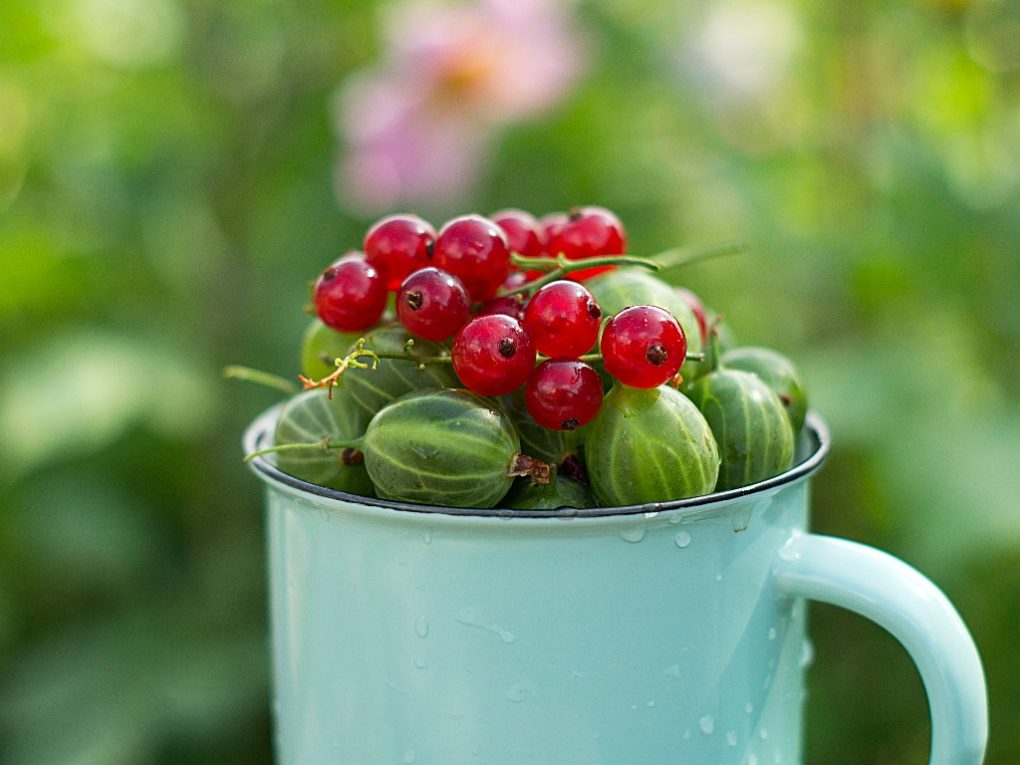
What is the main difference between red currants and gooseberries?
Red currants are typically smaller, red berries with a sweet-tart flavor, while gooseberries can vary in color and have a firmer texture. Gooseberries tend to be more versatile in cooking, while red currants shine in desserts.
Can I substitute red currants for gooseberries in recipes?
While you can substitute one for the other, it’s important to note that the flavor profiles differ, and adjustments might be needed. Red currants are tarter, so consider altering sugar levels accordingly.
Are red currants and gooseberries safe for pets?
In general, red currants and gooseberries are not toxic to dogs or cats, but it’s best to consult your vet about introducing new foods to your pet’s diet.
How do you store red currants and gooseberries?
Store both berries in the refrigerator, ideally unwashed and in a breathable container, where they can last up to a week. For longer storage, consider freezing them.
Are there health benefits to eating red currants and gooseberries?
Yes, both berries are packed with vitamins, antioxidants, and dietary fiber, offering numerous health benefits, including improved immunity and digestive health.
Video
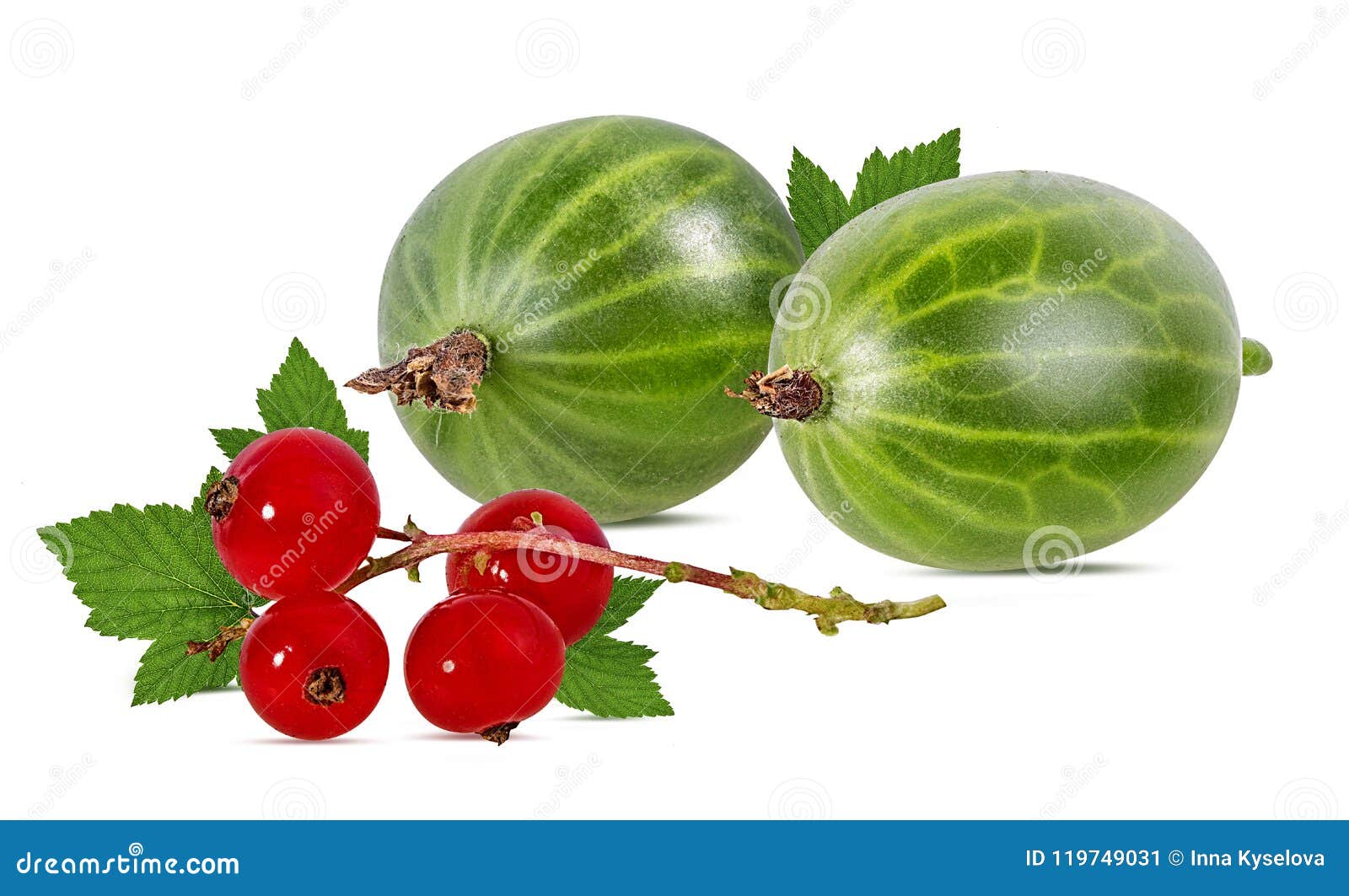
Conclusion
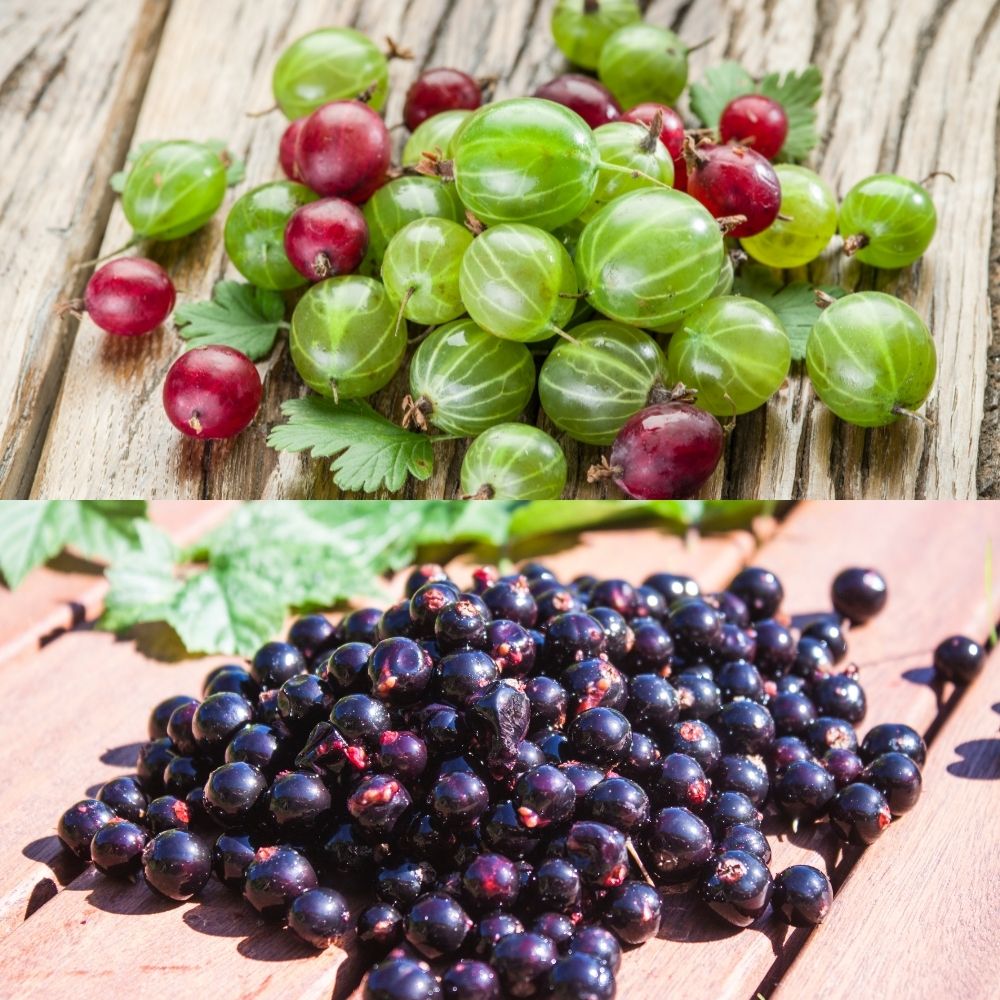
In the end, deciding between red currants and gooseberries ultimately depends on personal preference, culinary goals, and environmental factors. Both berries offer a multitude of uses and health benefits, making them worthy additions to any kitchen or garden.
Whether you’re savoring the tart juices of red currants or exploring the sweet-sour complexities of gooseberries, these fruits hold a special place in the hearts of food lovers everywhere. Embrace the differences and similarities that define the red currant vs gooseberry debate, and enjoy the wonderful flavors they bring to life.